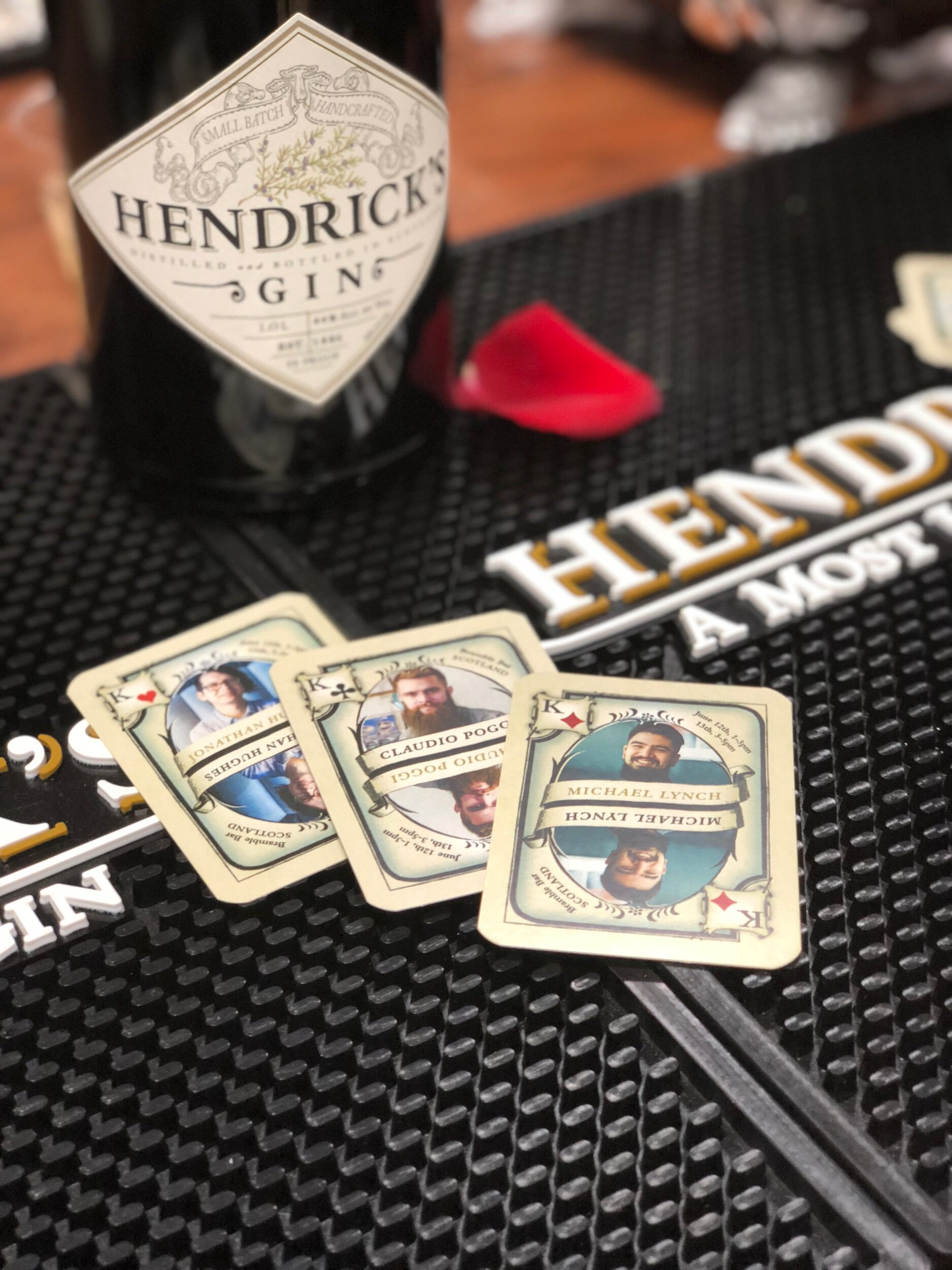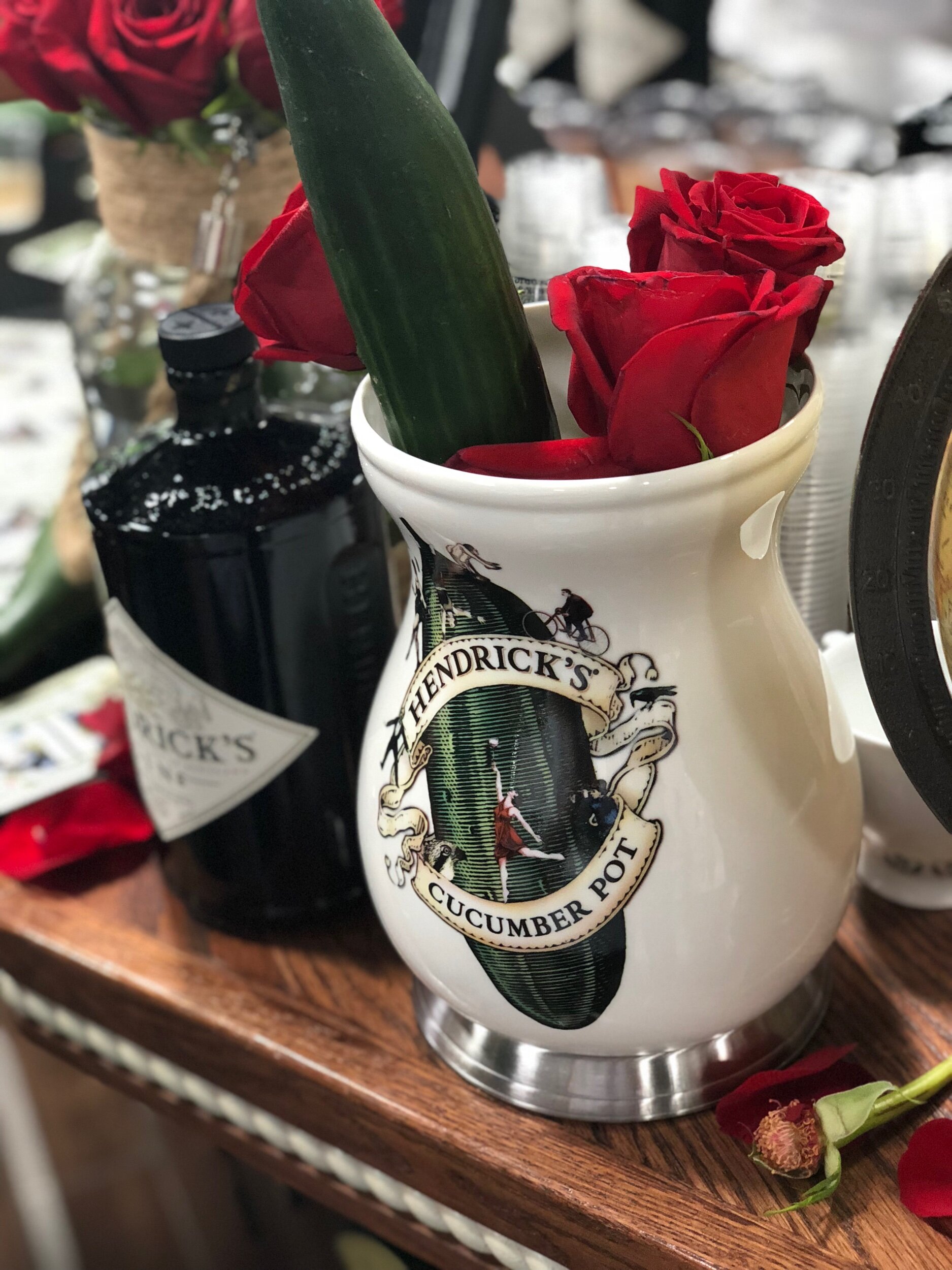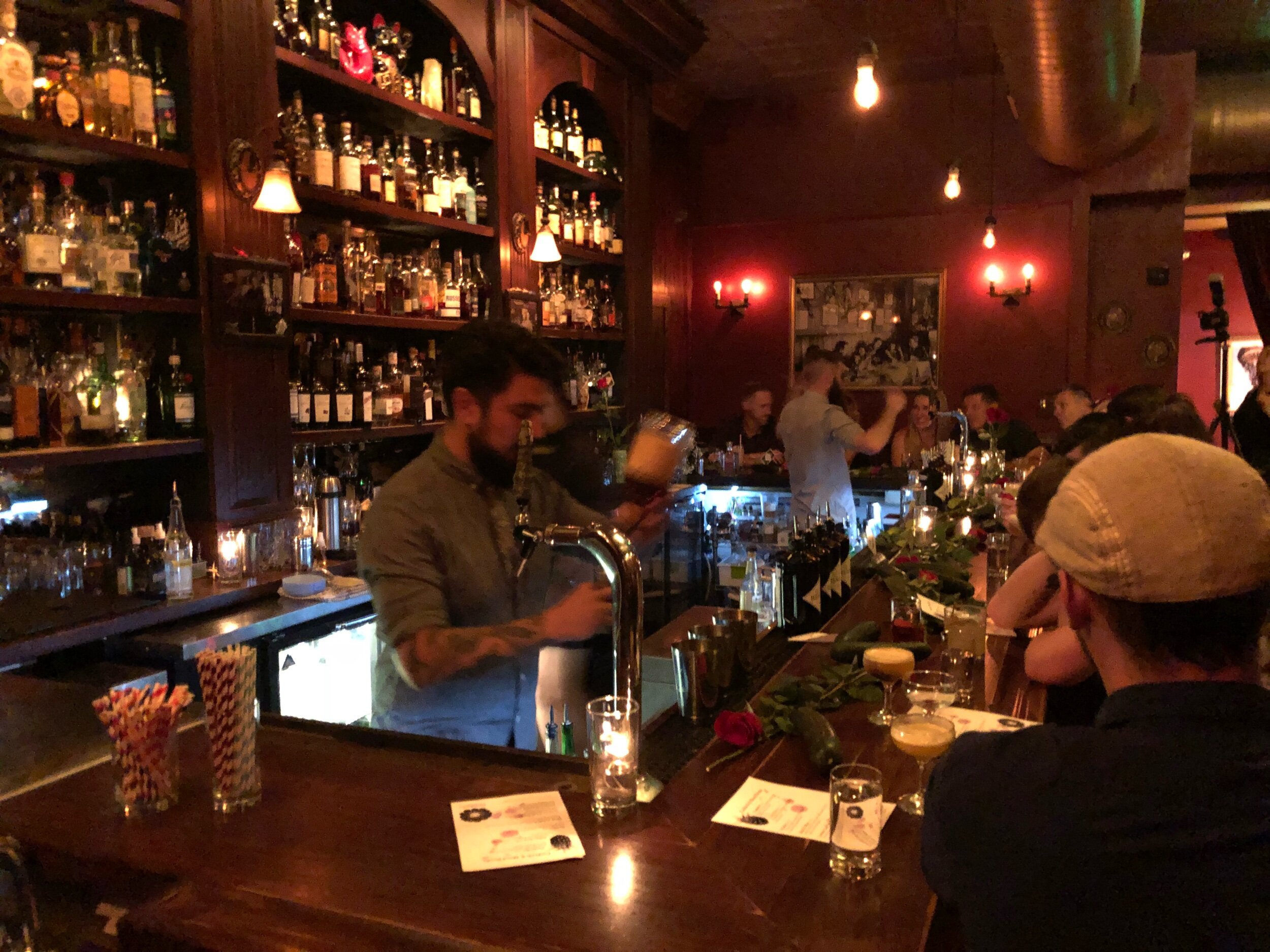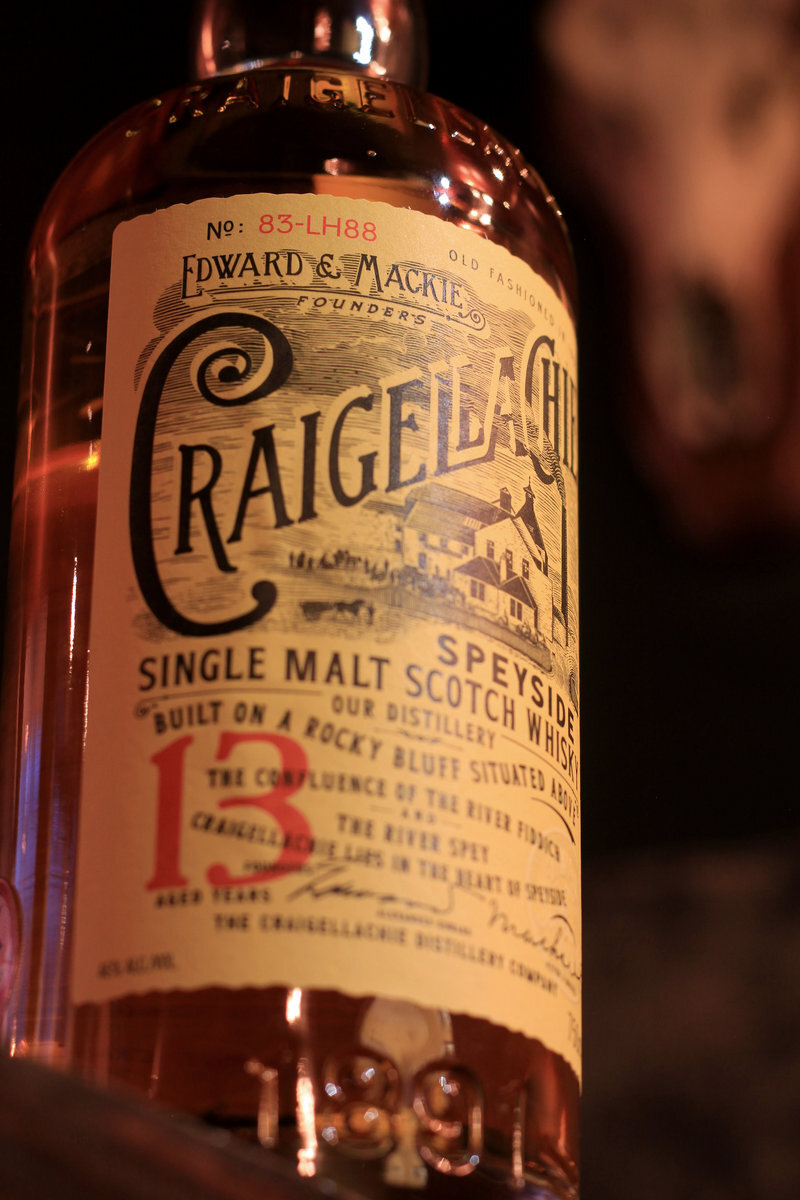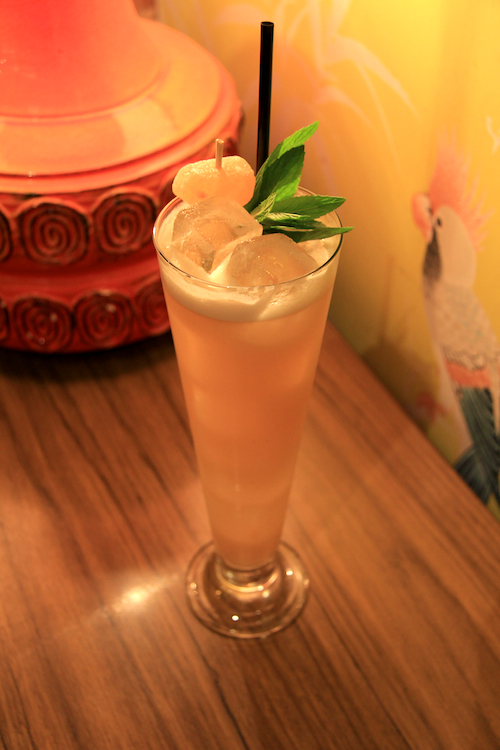Lockdown recipe diary #6: Clover Club & Knickerbocker
As we go into week *checks watch* a million of the lockdown, there are many articles on the web offering handy tips for the home bartender to raise their at-home cocktail game, and frankly, that’s too good of a bandwagon for me to let it roll down the hill without flailing after it.
Handily, I have one thing that’s going to change your life and all you need going to need are raspberries*.
* uh, and sugar and water. To be fair, a jar and a set of scales will def help.
Raspberry syrup is a pretty staple ingredient in many classic recipes but I think it’s often overlooked. It’s a shame because it’s a) delicious and b) so easy to make.
Raspberry syrup
150 g raspberries
150 g water
300 g granulated cane sugar
Put the raspberries, water and sugar in a large, airtight container.
Leave in a cool, dry place for at least six hours.
Shake vigorously until sugar is fully dissolved.
Strain out any solids, and transfer to a clean bottle.
Keep refrigerated between uses. Yields ~375 ml.
Homemade ingredients can be a little intimidating for the home bartender and it’s definitely true that getting a thing to taste right so it works as you need it to can sometimes be tricky but this recipe is pretty bombproof and it’s a handy thing to have around if you, for example, wanted to make two of my actual all-time favourite cocktails - the Clover Club and the Knickerbocker.
There are a great many Clover Club recipes out there that are just gin, lemon, raspberry syrup and egg white, and there are a few older recipes that include some vermouth - usually dry or a mix of dry and sweet vermouth.
I’m here to tell you not to skip the vermouth.
Clover Club
45 ml / 1.5 oz gin
15 ml / 0.5 oz dry vermouth
15 ml / 0.5 oz raspberry syrup
20 ml / 0.66 oz lemon juice
Half an egg white
Pour all the ingredients into a cocktail shaker.
Shake briefly without ice, then fill the shaker with ice and shake for 10-15 seconds.
Fine-strain into a chilled cocktail glass (or the cheap-ass wine glass that was in your flat when you moved in seven years ago I guess).
As with many vintage recipes, there are heaps of versions of the Knickerbocker in books going back to Jerry Thomas in 1862.
Simon Difford has a nice overview of the variations - apparently, if we’re being technical, you’d need to serve it on ice to call it a Knickerbocker; the straight-up serve would be a Knickerbocker Special if anyone needs a specific hill to die on.
Knickerbocker
45 ml / 1.5 oz rum
15 ml / 0.5 oz curaçao
15 ml / 0.5 oz raspberry syrup
20 ml / 0.66 oz lemon juice
Pour all ingredients into a cocktail shaker.
Fill the shaker with cubed ice and shake for 10-15 seconds.
Fine strain into that one nice glass you have, and garnish with a twist of lemon zest.
A quick note on rum - something aged but nothing too old is where you want to go. Anything between four and eight years old will be grand. It does feel like a recipe that tends towards more pungent, English style rums than the lighter, drier Spanish styles but the only aged rum I had on hand was small amount from a Bacardí blending workshop and y’know what? It worked fine.






